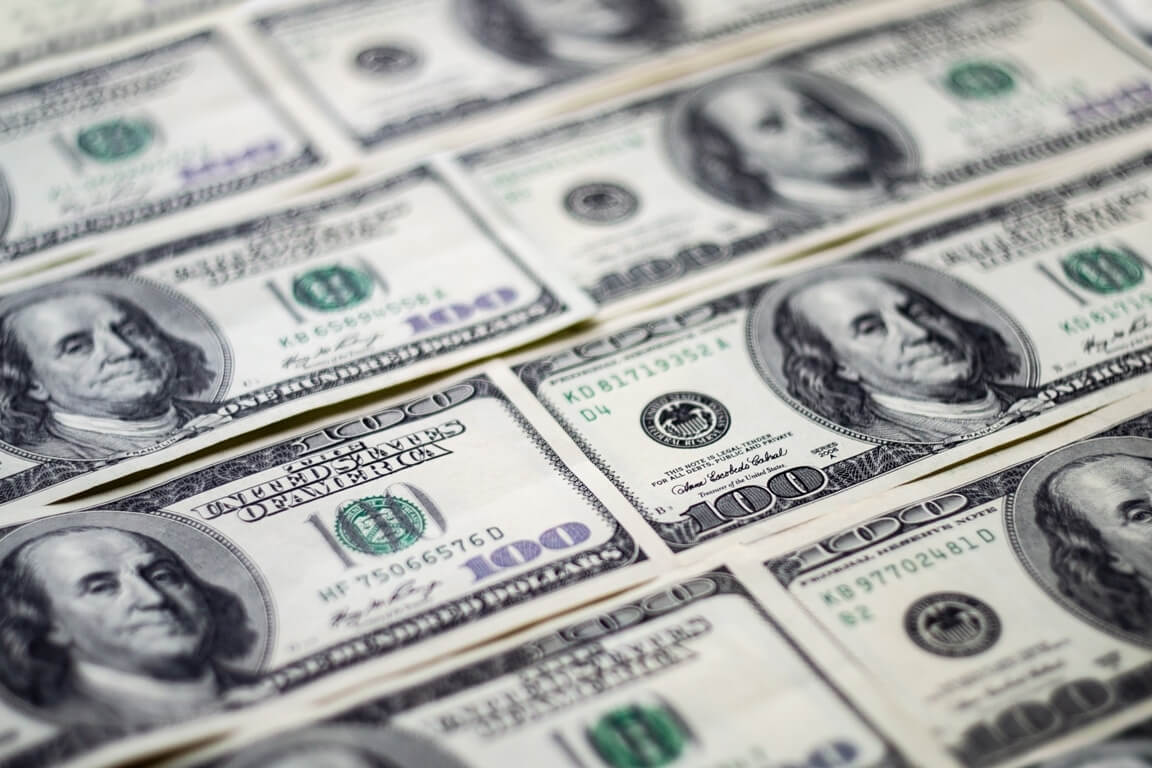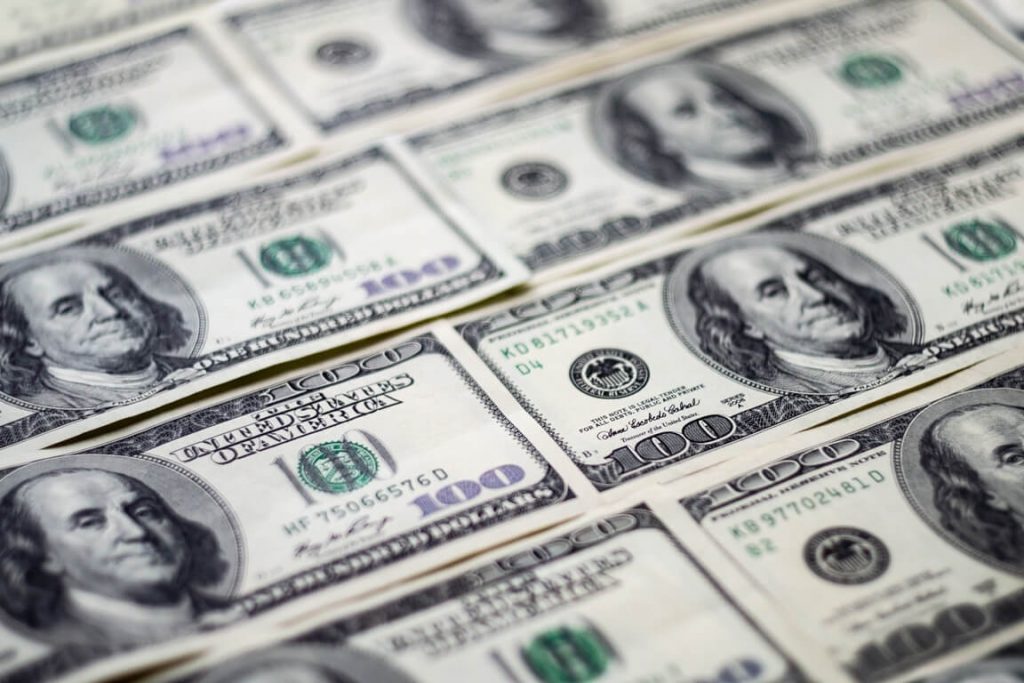
The Dollar Appeared to Be on Its Way Up
The dollar was set to have its best week in over a month on Friday, as investors revised their rate estimates following a shift in tone from the Bank of England, while sterling remained on the ropes.
After falling 2% overnight, sterling rose 0.1% to $1.1170. It was on track for an almost 4% weekly fall, the biggest since September’s market volatility prompted by an economic plan that worried investors.
The euro was up 0.08% at $0.97575 after falling nearly 0.7% overnight, while the kiwi slipped 0.06% to $0.5772 after plunging nearly 0.7% the previous session.
The U.S. dollar rose to 112.910 after rising 0.8% overnight and reaching a two-week high of 113.15.
The index was on track for a 2% weekly rise, the most since September.
The two-year Treasury yield, which normally fluctuates in tandem with interest rate predictions, was last at 4.7243%, down from 4.745% the previous session. Markets are now shifting their attention to important U.S. job data due later on Friday, with economists anticipating nonfarm payrolls to have climbed by 200,000 jobs in October.
The Japanese yen jumped 0.07% to 148.155 per dollar, while the Australian currency slipped 0.02% to $0.6287, following an almost 1% drop overnight.
On Friday, the yuan soared on anticipation that China will loosen its rigorous anti-COVID policies. The U.S. dollar slowed in its rapid ascent despite remaining on track for its best week in almost a month, with U.S. interest rates forecast to rise.
The offshore yuan gained more than 1% in the Asia session, reaching a one-week high of 7.2441 per dollar before closing at 7.2621.
A Bloomberg News story that early U.S. inspections of Chinese corporate audits had ended ahead of schedule boosted Chinese markets broadly.


